Threat modelling isn't failing because the frameworks are fundamentally broken. It's failing because engineers can't actually use them in their day-to-day work.
Here's what typically happens: Security teams run a threat modelling session. Everyone nods. Someone creates a detailed document that gets filed away in Confluence. Meanwhile, the architecture evolves, services get refactored, new APIs ship to production, and that carefully crafted threat model becomes increasingly irrelevant with each sprint.
The disconnect is real and costly. Engineers are building at a velocity while security models gather dust. The problem isn't the engineers, and it isn't security either. The problem is that traditional threat modelling wasn't designed for modern engineering workflows.
This post outlines a different approach: a lightweight, engineering-first threat modelling system that aligns with how modern teams actually build software. One that integrates naturally with your Application Security Program rather than sitting outside it. One that engineers will actually use because it makes their lives easier, not harder.
What Threat Modelling Should Actually Achieve
Before diving into implementation details, let's establish what effective threat modelling actually delivers:
Predict failure paths before they reach production. The entire point is catching security issues when they're architecture decisions, not production incidents. A good threat model surfaces vulnerabilities when fixing them costs hours instead of weeks.
Strengthen secure-by-design decisions. Threat modelling should guide engineers toward security patterns that naturally prevent entire classes of vulnerabilities. When done right, it's proactive architecture guidance, not reactive patching.
Reduce late-stage security fixes and rework. Every security issue caught in design is one that doesn't become an emergency fix three days before launch. This saves engineering time, reduces stress, and improves product quality.
Provide actionable, engineering-level guidance. Vague warnings about "potential authentication issues" don't help. Engineers need specific, implementable recommendations: "Use OAuth 2.0 with PKCE for this mobile-to-API flow" or "Add rate limiting at the API gateway for these endpoints."
Support scalable security patterns. As organizations mature, threat modelling insights should feed into reusable security patterns. This is particularly valuable for teams leveraging Product Security as a Service models, where security expertise needs to scale across multiple product teams.
Why Traditional Threat Modelling Gets Ignored
Understanding why traditional approaches fail helps us build something better. The problems are consistent across organizations:
Too abstract, not grounded in reality. Generic threat models discussing hypothetical systems don't connect with engineers building actual microservices. When the model talks about "database layer" but engineers are working with Aurora Serverless, DynamoDB, and Redis in specific ways, the abstraction gap is too wide.
Heavy templates that slow development. Forty-page threat modelling documents that take days to complete simply don't fit sprint-based development. If threat modelling adds a week to your feature timeline, teams will find ways to skip it.
Treated as compliance theater, not product enablement. When threat modelling becomes a checkbox exercise to satisfy audit requirements, everyone knows it and acts accordingly. The forms get filled out. Nobody actually uses them to make decisions.
No connection to actual development workflows. Threat models that don't translate into tickets, don't integrate with CI/CD, and don't connect to how engineers actually work become isolated artifacts. They exist in parallel to development rather than being part of it.
No integration with ongoing security activities. Threat modelling should inform and be informed by Application Security Assessments, penetration tests, and code reviews. When it's disconnected from these activities, you lose valuable feedback loops.
Foundations of an Engineer-Friendly Threat Modelling Practice
Building threat modelling that engineers actually use requires rethinking the fundamentals.
Keep It Lightweight
Start with a five-question model that can be answered in fifteen minutes:
- What are you building and why?
- What data flows through it?
- Who can access it and how?
- What could go wrong?
- What controls prevent those failures?
Use simple, clear diagrams showing real components. Instead of abstract boxes labeled "authentication layer," show "Auth0 for user authentication" or "AWS Cognito user pools with MFA enabled." Engineers understand concrete systems, not theoretical ones.
Automate Wherever Possible
Modern threat modelling should leverage tooling to reduce manual overhead:
Pre-populated architecture components. If most of your microservices use standard patterns (API Gateway → Lambda → DynamoDB), provide templates that start there. Engineers customize rather than create from scratch.
Auto-detected data flows. Where possible, use tooling that can inspect infrastructure-as-code, API definitions, or service meshes to generate initial architecture diagrams automatically. Engineers validate and refine rather than manually drawing everything.
Integrations with existing developer tooling. Threat models should live where engineers already work. Version control your threat models alongside code. Create threat findings as tickets in your existing issue tracker with clear acceptance criteria and security context.
Ground It in Real Architectures
Threat models must reflect actual systems as they exist today. Version-control your architecture diagrams in Git alongside application code. When the service changes, the threat model changes with it.
Reference specific services, not generic components. "User authentication via Auth0 with SMS-based MFA" is meaningful. "Authentication component" is not.
For cloud-native architectures, align threat models with real patterns. When assessing AWS environments, consider the specific attack vectors and security controls relevant to your cloud provider. Teams doing Cloud Penetration Testing often discover that generic threat models miss cloud-specific attack paths entirely.
Trigger Points: When Threat Modelling Should Happen
Threat modelling isn't a one-time event. It's ongoing, triggered by specific engineering activities:
New features with security implications. Any feature that handles sensitive data, implements authentication or authorization, or exposes new APIs should trigger threat modelling. The earlier in design, the better.
Significant refactors. Rebuilding an authentication system? Migrating from monolith to microservices? These architectural changes invalidate previous threat models and require fresh analysis.
Third-party integrations. Adding a new payment processor, analytics platform, or any external service that receives your data introduces new trust boundaries that need evaluation.
Changes to authentication or data flows. Moving from session-based to token-based auth? Adding a new data pipeline? These changes to how data moves and who can access it are prime threat modelling triggers.
This iterative, trigger-based approach aligns naturally with the continuous security testing mindset found in continuous penetration testing for dev teams. Security isn't a phase; it's integrated throughout development.
The Practical Threat Modelling Workflow
Here's a workflow that actually works in modern engineering teams:
Draft the Architecture Diagram (10 minutes)
Engineers create a simple architecture diagram showing:
- Entry points (web app, mobile app, APIs)
- Key services and components
- Data stores
- External systems and integrations
- Trust boundaries
This shouldn't take more than ten minutes. Use tools like Miro, draw.io, or even hand-drawn diagrams, photographed and uploaded. Perfection isn't the goal; clarity is.
Security Review Using Structured Checklists (15 minutes)
Walk through a focused checklist covering:
- Data flows: What sensitive data moves where?
- Trust boundaries: What crosses from untrusted to trusted zones?
- API security: Are endpoints authenticated, authorized, and rate-limited?
- Data storage: Is sensitive data encrypted at rest and in transit?
- Authentication and session management: How are users identified and sessions maintained?
This structured approach prevents teams from getting lost in abstract threat scenarios. For web applications, leverage resources like a Security Checklist for Web Developers to ensure comprehensive coverage without overwhelming teams.
Identify Threats Using Lightweight STRIDE
STRIDE provides a simple, predictable framework that engineers can apply:
- Spoofing: Can someone impersonate a legitimate user or service?
- Tampering: Can data be modified by unauthorized parties?
- Repudiation: Can users deny actions they performed?
- Information Disclosure: Can sensitive data leak?
- Denial of Service: Can the system be made unavailable?
- Elevation of Privilege: Can users gain unauthorized access?
For each component in your architecture, quickly consider these six categories. Not every component faces every threat. Focus on what's actually relevant.
Map Threats to Controls (10 minutes)
For each identified threat, document the control that mitigates it:
- Threat: API endpoint allows unauthenticated access to user data
- Control: Implement OAuth 2.0 token validation on all API endpoints
- Status: Planned / Implemented / Verified
This mapping is crucial. It transforms abstract threats into concrete work. It also aligns naturally with Product Security as a Service engagements, where security teams help engineering teams implement appropriate controls.
Convert Threats into Tickets (5 minutes)
Every unmitigated threat becomes a ticket with:
- Clear description of the security issue
- Specific acceptance criteria for the fix
- Severity rating
- Links back to the threat model
These tickets enter your normal sprint planning. Security work becomes visible, prioritized work rather than invisible technical debt.
This approach also feeds naturally into Continuous Penetration Testing cycles, where findings from testing validate that controls are working as designed.
Methods That Work (and When to Use Them)
Different threat modelling approaches suit different scenarios. Here's when to use each:
STRIDE (lightweight): Use this for most features, APIs, and microservices. It's simple, comprehensive enough for most scenarios, and engineers can learn it quickly. STRIDE works particularly well for standard web and API architectures.
Attack Trees: Use these for authentication systems, identity management, and critical asset protection. Attack trees excel at mapping out how an attacker might achieve a specific goal, making them ideal for understanding complex authentication flows or privilege escalation paths.
Abuse Cases: Use these when you need product-level alignment with user stories. Abuse cases frame threats from a user perspective, asking "how might a malicious user abuse this feature?" This resonates well with product teams familiar with user story formats.
MITRE ATT&CK: Use this for cloud-native environments where you need realistic, current attack patterns. ATT&CK provides specific techniques attackers actually use, making it invaluable for cloud security. When conducting API Penetration Testing, ATT&CK-based threat models help identify modern API attack vectors.
Don't force every scenario into one framework. The best teams use the simplest method that captures the threats relevant to their specific context.
Driving Engineer Adoption
Technical excellence isn't enough. You need adoption. Here's how to get it:
Provide team-ready starter models. Create threat model templates for your common patterns. If eighty percent of your services follow similar architectures, give teams an eighty-percent-complete threat model to start from. They customize the remaining twenty percent rather than starting from blank pages.
Create two-page playbooks. Not forty-page methodology documents. Two pages maximum that explain when to threat model, how to do it, and where to get help. Make it scannable and actionable.
Keep sessions under thirty minutes. Respect engineering time. A focused thirty-minute threat modelling session produces better results than a three-hour marathon that burns everyone out and creates resentment.
Ship fast feedback within twenty-four to forty-eight hours. When engineers submit threat models for review, security teams should respond within two business days maximum. Slow feedback kills momentum and signals that threat modelling isn't actually important.
This engineer-first approach aligns with broader security culture initiatives like developer Security Awareness Programs and Operationalizing AppSec for Modern Engineering Teams. The goal is security that enables rather than blocks.
Measuring Maturity and Adoption
You can't improve what you don't measure. Track these metrics:
Feature coverage: What percentage of new features or significant changes include threat models? Start with high-risk features; expand from there.
Threat-to-control closure rate: Of identified threats, what percentage have implemented controls? This measures follow-through, not just documentation.
Time per model: How long does threat modelling take? If it's consistently taking hours, your process is too heavy. Aim for thirty minutes or less for most features.
Security defect reduction: Are threat-modelled features shipping with fewer security issues? This is the ultimate validation. Compare security findings in features with and without threat models.
Developer satisfaction: Survey engineers quarterly. Do they find threat modelling valuable? Would they recommend it to other teams? Qualitative feedback matters as much as quantitative metrics.
These metrics tell you whether you're building something sustainable or just creating another compliance artifact nobody uses.
Common Pitfalls to Avoid
Even well-intentioned threat modelling programs hit predictable problems:
Over-engineering the process. Don't build the perfect, comprehensive, all-encompassing threat modelling framework. Start simple. Add sophistication only when simplicity proves insufficient. The best first version is barely adequate but actually used.
Documentation theater. If your threat models are beautiful documents that never get referenced after creation, you're doing documentation theater. Threat models should be living artifacts that inform ongoing decisions, not archived artifacts proving you did security.
One-time modelling. Threat modelling during initial design and never revisiting it is nearly useless. Systems evolve. Threats evolve. Your threat models must evolve with them.
Security owning the model instead of engineering. Security can facilitate, guide, and review. But engineers must own threat models for their services. If security owns it, it becomes a security deliverable, not an engineering practice.
No alignment with broader AppSec functions. Threat modelling shouldn't exist in isolation from penetration testing, security assessments, and security training. These activities should inform each other. Threat model findings should guide penetration testing focus areas. Penetration testing discoveries should update threat models. This integration is fundamental to Building an Effective Application Security Program.
How AppSecure Enables Effective Threat Modelling
Building an effective threat modelling practice requires both methodology and support. AppSecure provides both:
Architecture-first, expert-led analysis. AppSecure's approach starts with understanding your actual architecture, not theoretical systems. Security experts work directly with your engineering teams to model real services with real threats.
Lightweight, scalable frameworks. We implement the principles described in this post: simple models, quick sessions, fast feedback. Our frameworks scale with your organization without becoming bureaucratic overhead.
Actionable threat-to-control mapping. Every threat identified translates to specific, implementable security controls. No vague recommendations or academic discussions. Just clear guidance that engineers can act on immediately.
Version-controlled, engineering-aligned models. Threat models live in your version control system alongside code. They are reviewed in pull requests. They evolve with your architecture. They become part of the engineering workflow, not parallel to it.
Integrated with comprehensive security services. AppSecure connects threat modelling with:
- Product Security as a Service for an ongoing security partnership
- Application Security Assessments that validate threat model accuracy
- Continuous Penetration Testing that tests whether controls work
- Thought leadership resources across cloud security, API security, and developer-focused security practices
This integrated approach ensures threat modelling isn't an isolated activity but part of a comprehensive security posture that supports engineering velocity rather than impeding it.
Threat modelling fails when it's designed for security teams instead of engineering teams. It succeeds when it's lightweight, practical, and integrated into how engineers actually work. Start small, focus on adoption over perfection, and build from there. The goal isn't comprehensive documentation. The goal is to ship more secure software.

Vijaysimha Reddy is a Security Engineering Manager at AppSecure and a security researcher specializing in web application security and bug bounty hunting. He is recognized as a Top 10 Bug bounty hunter on Yelp, BigCommerce, Coda, and Zuora, having reported multiple critical vulnerabilities to leading tech companies. Vijay actively contributes to the security community through in-depth technical write-ups and research on API security and access control flaws.


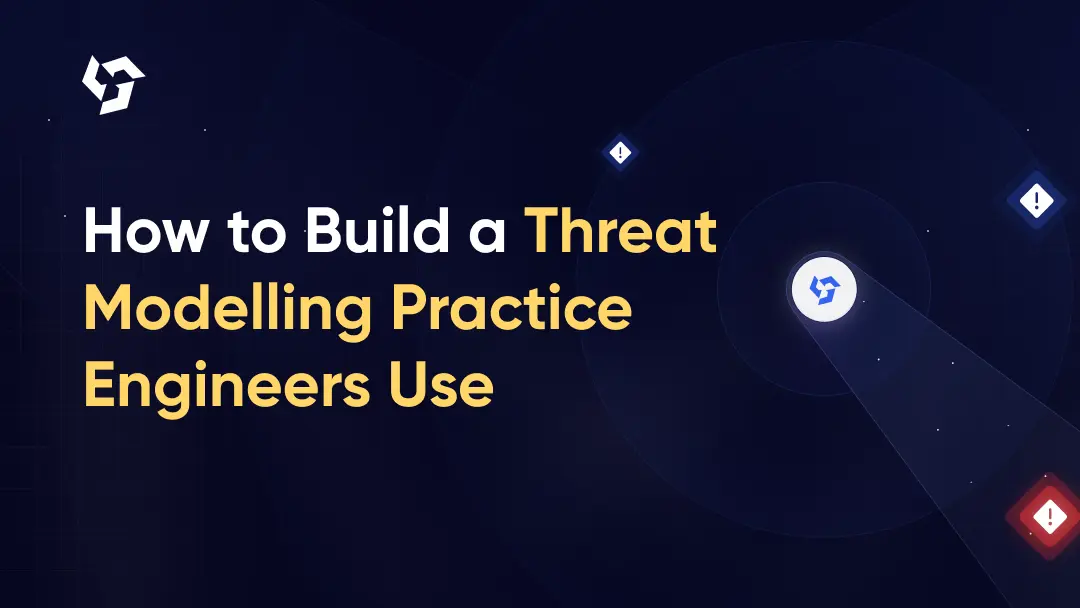




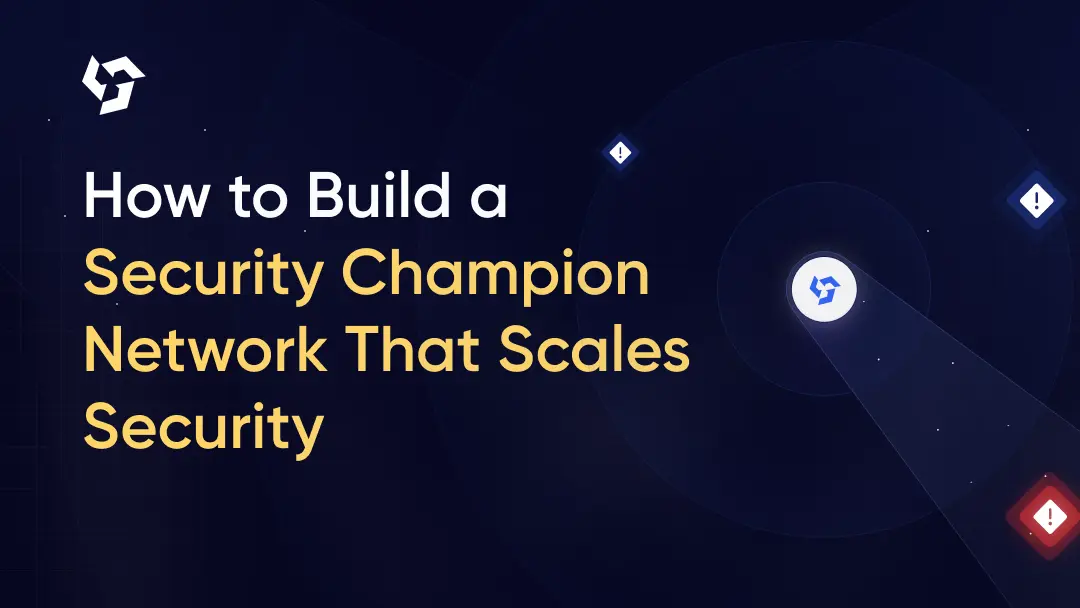

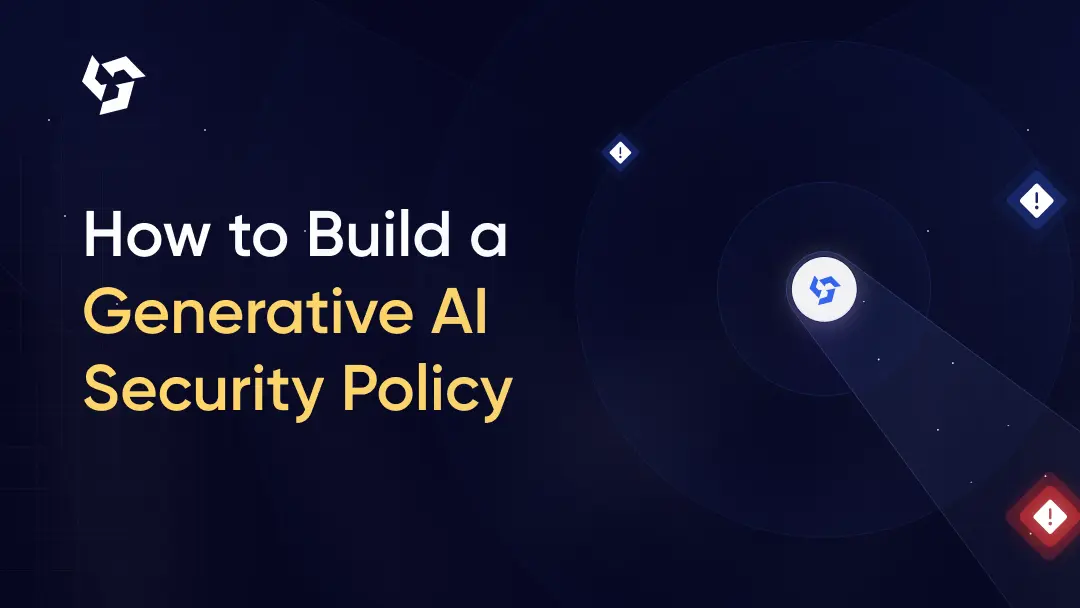




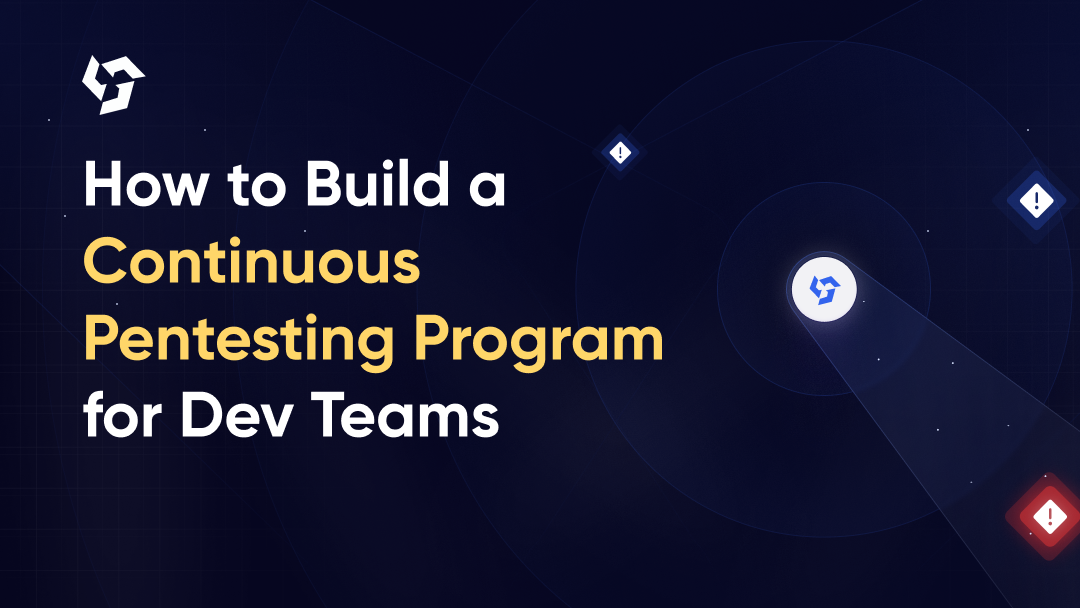

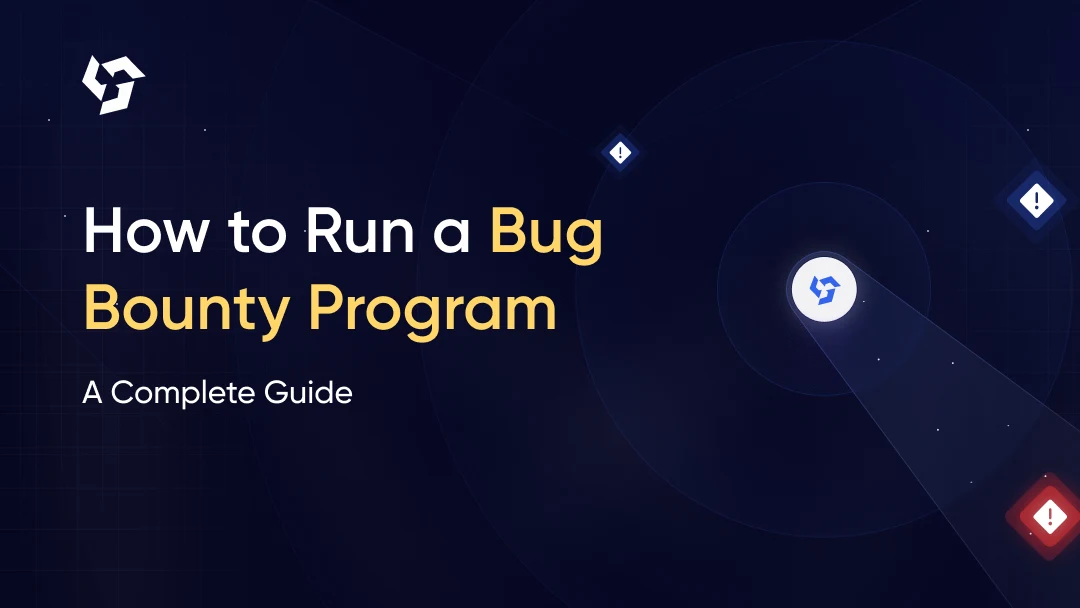




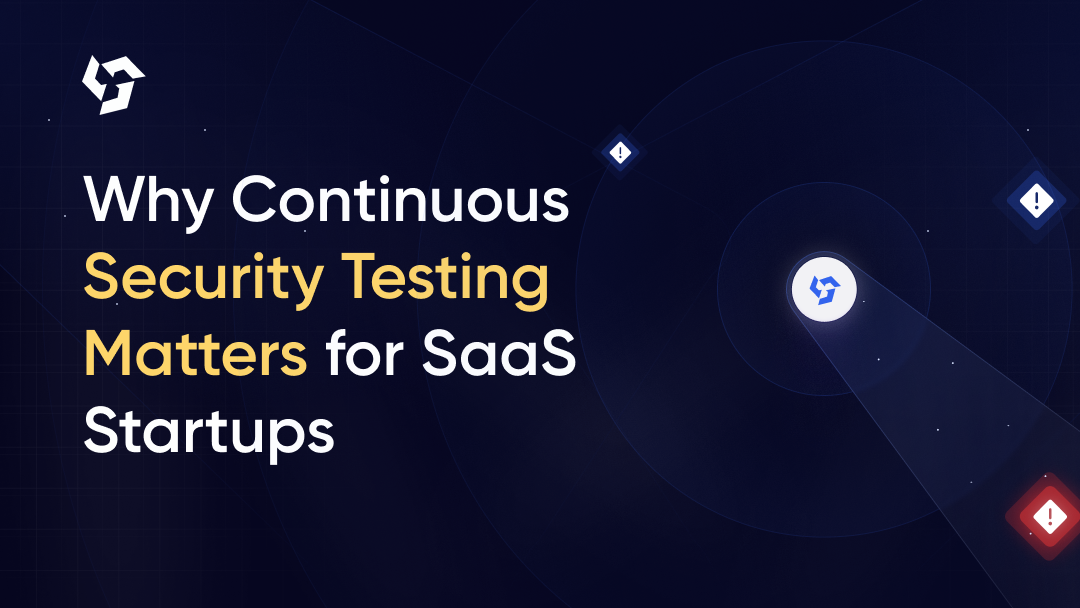
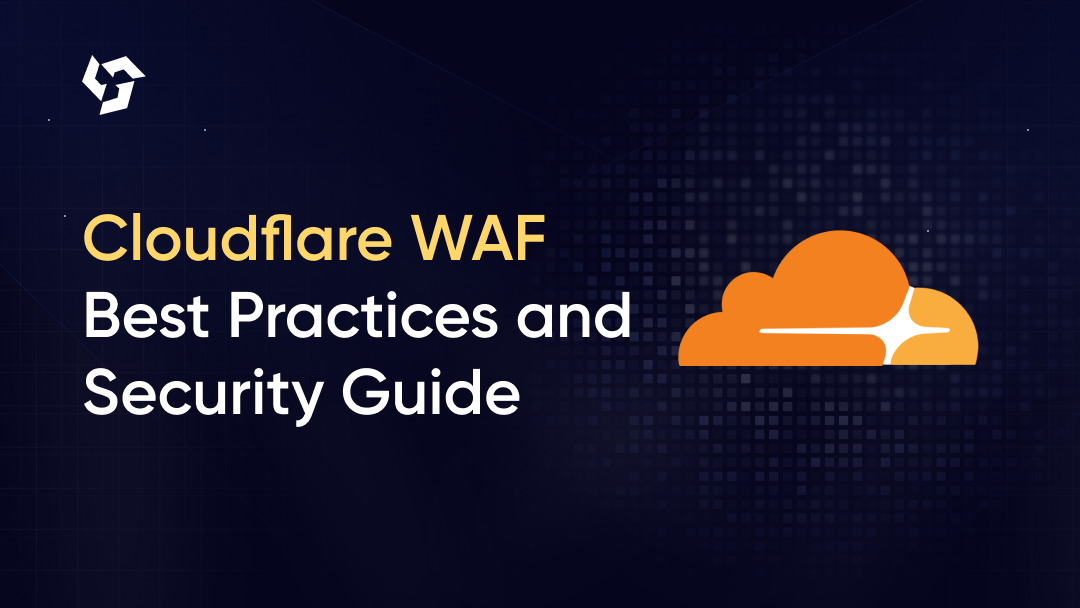

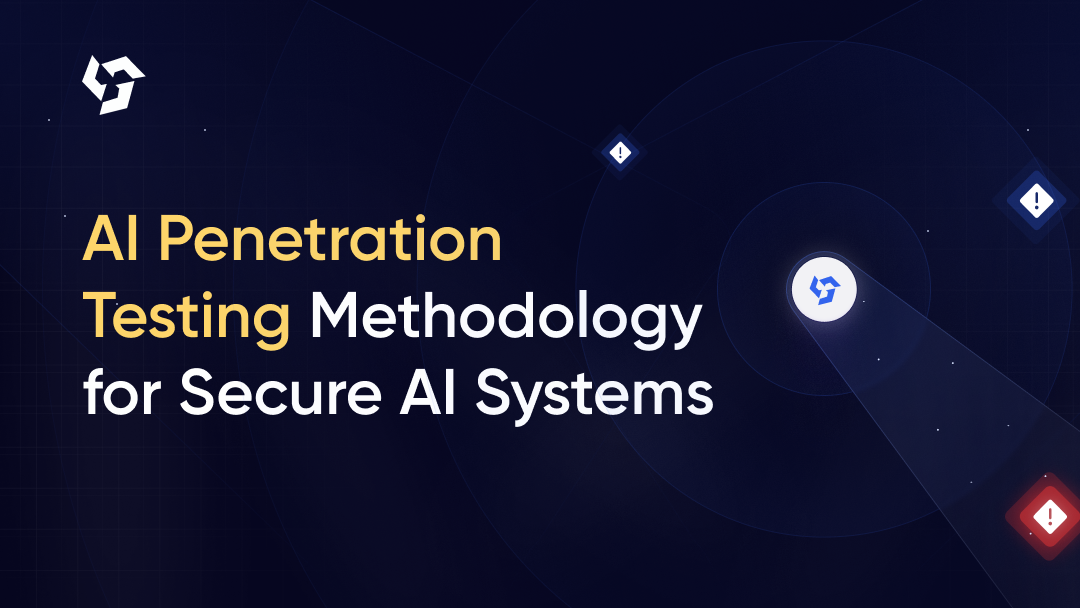
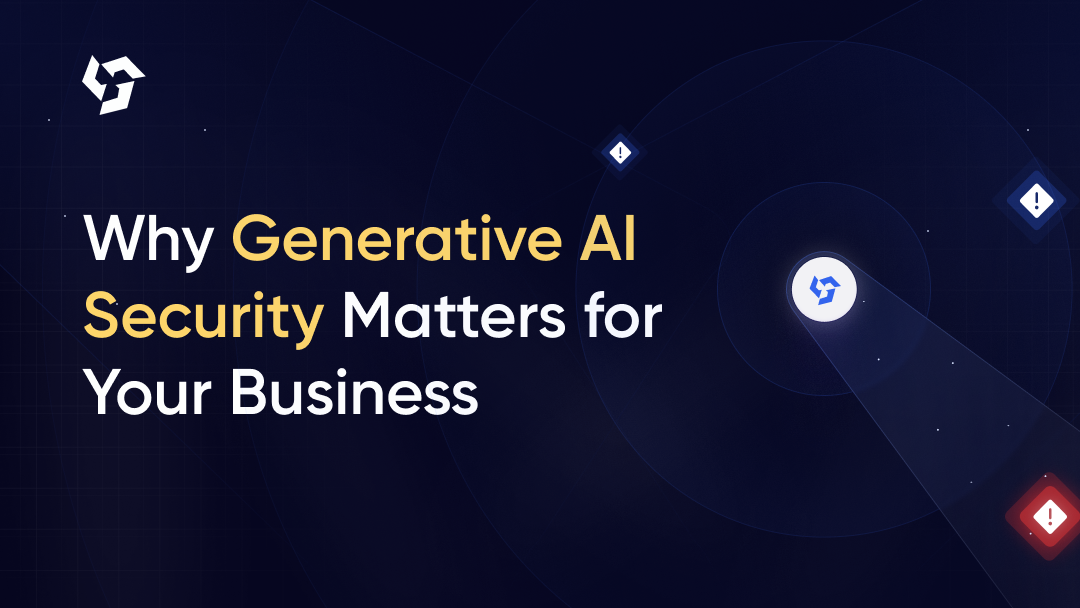
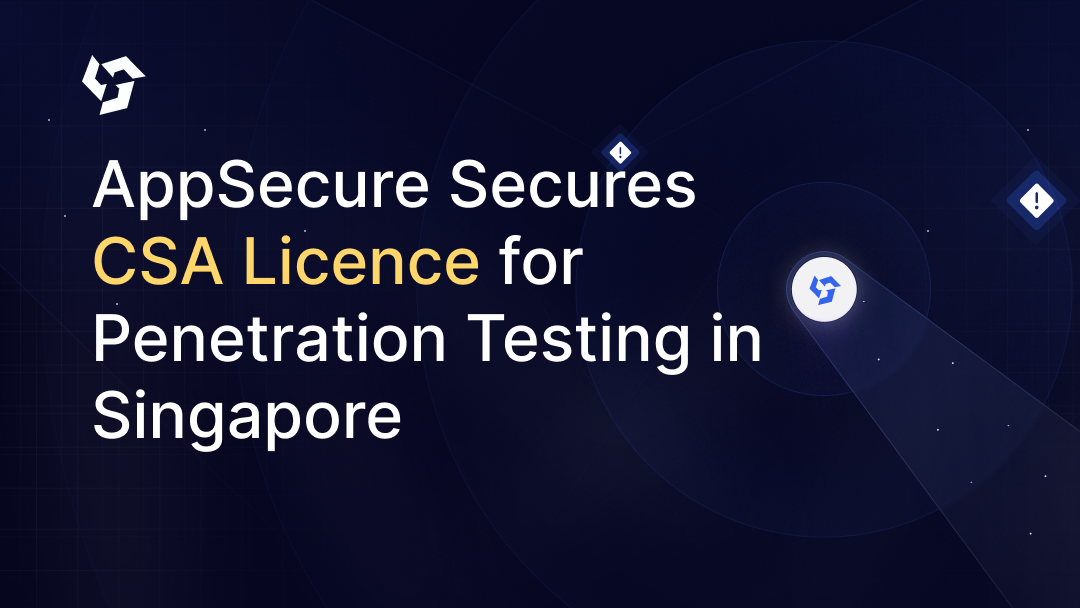
.png)
.png)
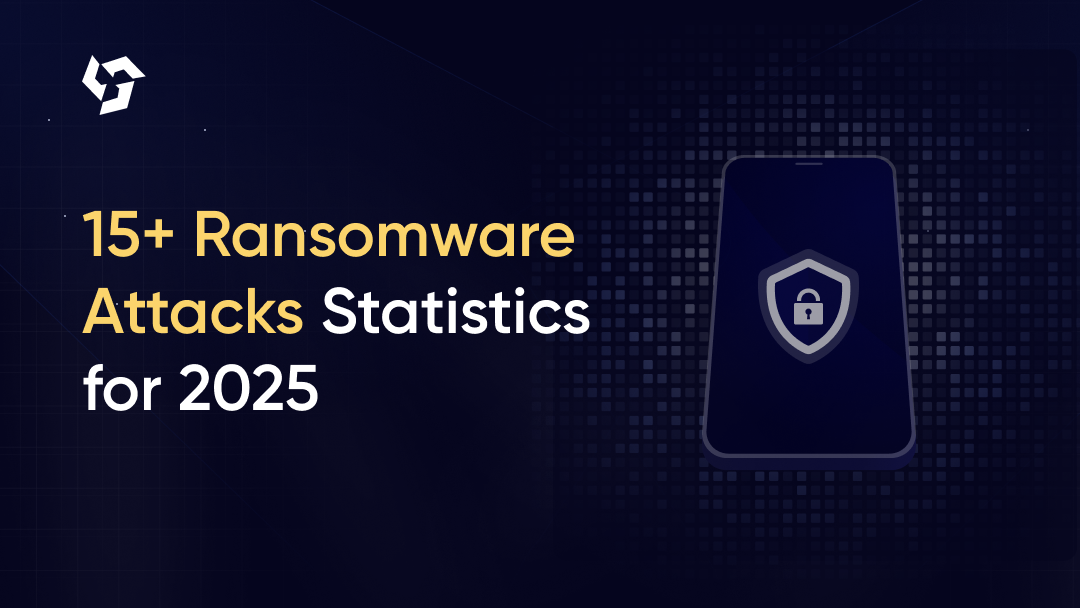
.png)
.png)
.png)
.png)
.png)
.png)
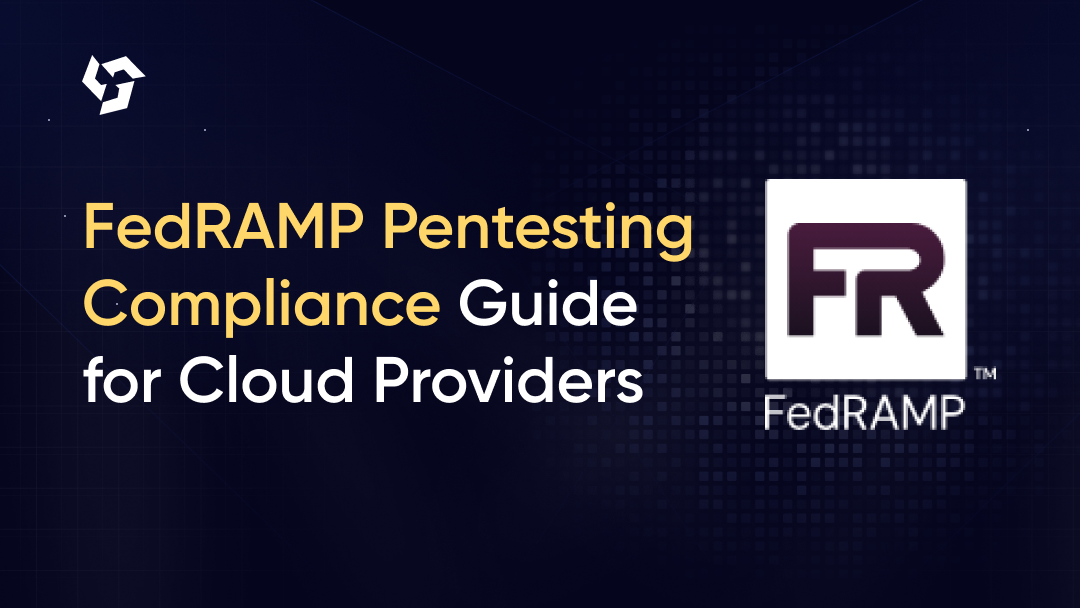
.png)
.png)
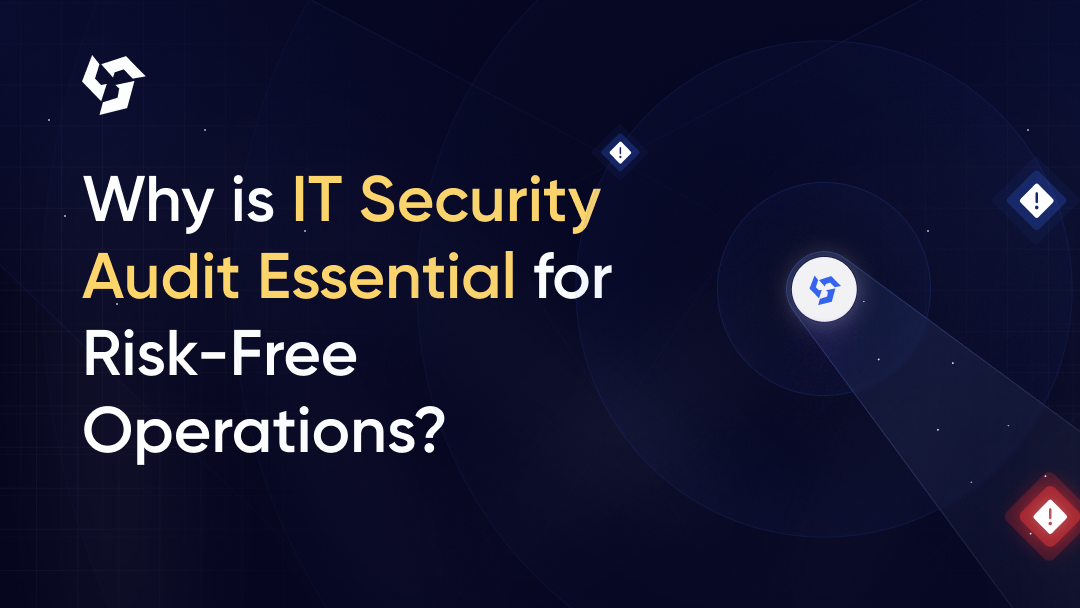


.png)



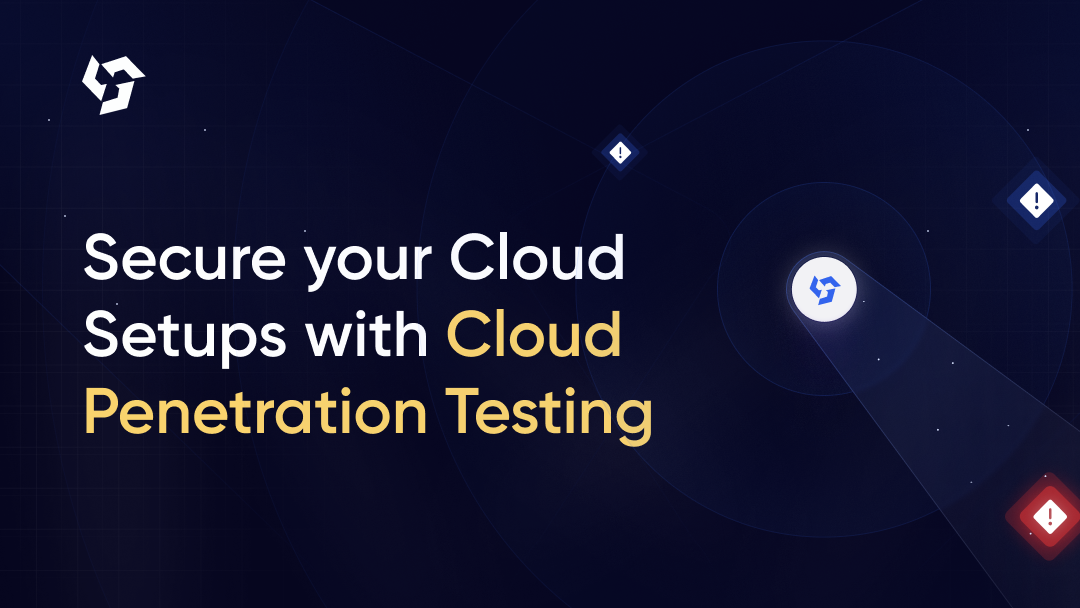
.png)
.png)
.png)
.png)

.png)
.png)
.png)

.png)
.png)
.png)
.png)
.png)

.png)









.webp)





.webp)


.webp)

.webp)



.webp)
.webp)
.webp)
.webp)













.webp)
